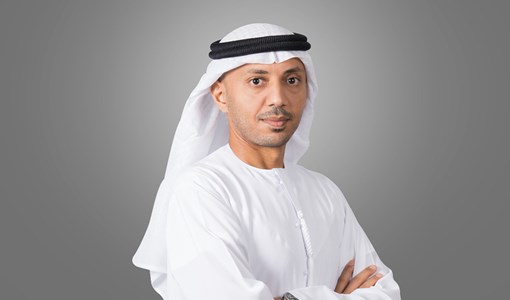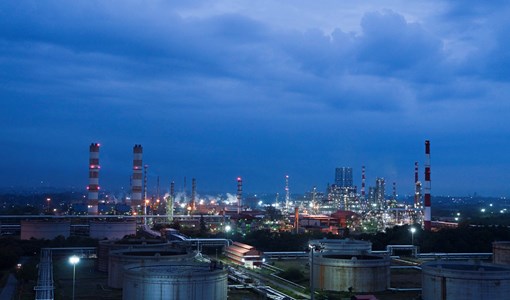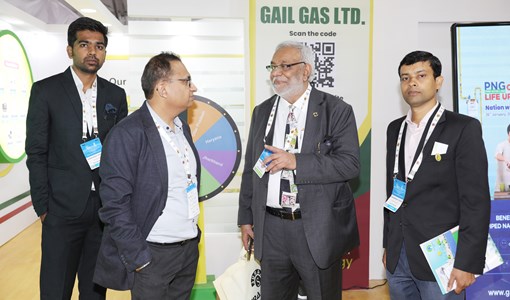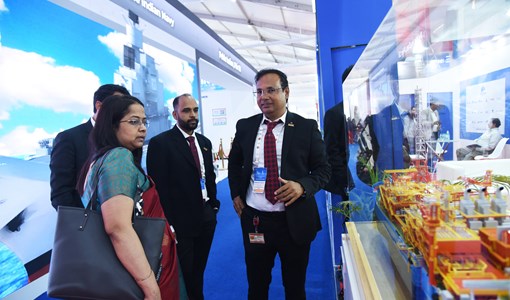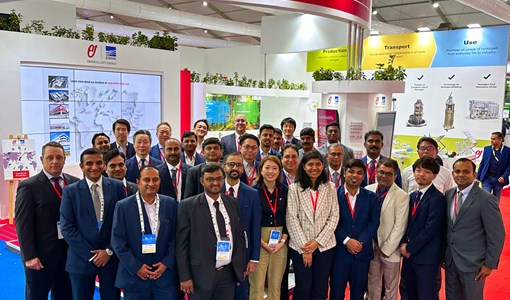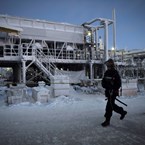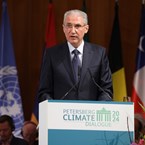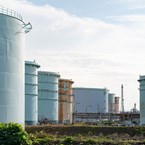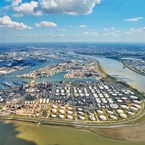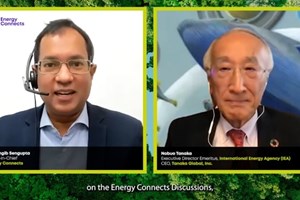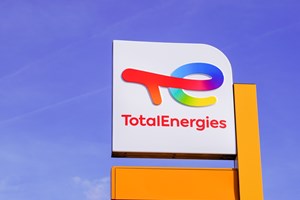Data Converges on the digital transformation in oil and gas
Georges El Mir, Oil & Gas VP, Schneider Electric speaks to Pipeline Magazine’s Nadia Saleem about the industry’s journey towards data-analytics-driven digitalisation for achieving efficient, sustainable operations
Data and data-driven analytics is at the heart of digitalisation, which enables companies to derive operational clarity and obtain value through efficiency and therefore profitability.
As the conversation on the digital transformation picks up, Schneider Electric’s Georges El Mir sheds light on the various aspects of data, processes and energy management that combine to deliver monetary results that translate into dollars.
“As digitalisation opens the door to new data access, operators will be receiving information that most don’t currently have. As a result, they will be able to get results from deeper analytics around energy efficiency and plant productivity which will, in turn, drive higher profitability,” El Mir said. One aspect of digitalisation is integration and automation.
The convergence of power and process systems is now attainable with cost benefits, thanks to market changes and technology advancements, he said, adding that to extract value, assets across the full lifecycle and supply chain are connected, putting assets at the centre of projects and operations.
One of the company’s systems allows businesses to get one combined view of the plant’s operations for power systems and process automation, exposing hidden inefficiencies while making more sense of the data extracted and improving safety.
“By automating operations, we can generate a holistic view of plant and operations to end-of-life. This will empower you to better use capital investments upfront – to optimise profitability and ROI when the plant begins operating. You will also be able to optimise capital expenditure and operational expenditure and explore ground-breaking technologies across your plant’s lifecycle,” El Mir said.
ROI in digitalisation
Despite the piquing interest in digitalisation, companies looking for a financial benefit justification remains one of the toughest challenges of any organisational investment.
“Fortunately, in this era improvements to processes and technology efficiencies are emerging as critical success factors and we have overcome a challenge we faced a few years back as companies are aware of the importance of introducing new ideas to enhance the ecosystem and the benefits they can reap from digitisation,” El Mir said.
He confirmed the economic advantages of implementing these new tools, referring to a recent Ernst & Young survey, which says 89 per cent of the polled global oil and gas executives expect to increase their investment in digital technologies over the next two years.
“This result affirms the idea that smart, forward-thinking oil and gas companies recognise that digital transformation can help them improve current processes and meet future needs. In fact, using digital technologies effectively could actually reduce capital expenditures by up to 20 per cent,” he said.
Digitalisation and energy efficiency
A key aspect of digitalisation may be addressing the requirements of rising energy, while also a greater drive for reducing carbon emissions. “Organisations are starting to integrate how they use and buy energy with sustainability initiatives to see additional benefits such as increased efficiency, financial savings and more sustainable operations across their global footprint,” El Mir said.
While digitalisation from smart grid to smart buildings or smart factories helps to optimise energy transfers and energy usage, eventually lowering carbon emissions through the decentralised, decarbonised, and digitised energy paradigm, digitalisation also extends to oil and gas as it helps in making the production and transformation process more energy efficient, he said.
“An offshore platform or a refinery typically uses 5 per cent or more of the energy equivalent they produce or transform. A 20 per cent overall efficiency improvement and associated energy consumption reduction, is not uncommon, which means huge carbon savings on a global scale,” El Mir said.
An example he gave is simply rightsizing the necessary power generation, thanks to energy management and control systems that will load-shed non-priority applications or optimise generator usage. Digitalisation can also help avoid incidents and accidents that could generate major carbon or hydrocarbon leakages; e.g. some pipeline management systems integrate an advanced leak detection system, he added.
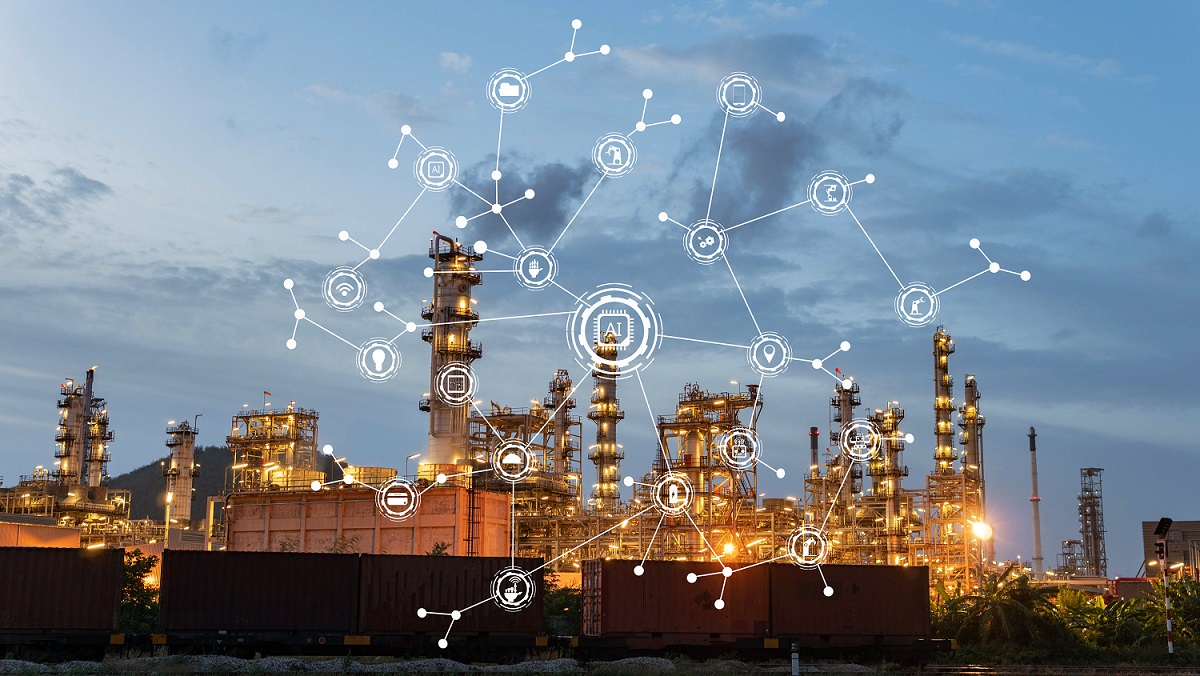
Next big thing
The ongoing digital transformation has changed the way businesses operate from tracking data to using data to make decisions, El Mir said, adding that the Industrial Internet of Things (IIoT) is pervasive across most industries.
There is an on-going integration of power and process, from digital twin creation to optimised design, to simulation across the lifecycle to integration of project execution, system integration, and asset performance management and optimised process energy usage.
“This integration and associated digital transformation imply a change in the management approach and team organisation,” he said, adding that the other next big thing about digitalisation will be related to profound changes in automation system architectures.
Middle East opportunities
El Mir sees the Arabian Gulf is a major global growth market for Schneider Electric, as oil and gas companies aim to leverage the Industrial Internet of Things to become safer, greener, and more socially responsible.
The MENA region, especially GCC countries, are at the forefront of nationwide digital transformation agendas, placing MENA 7th out of the 11 regions tracked by Gartner in 2019. The spending on IT is projected to reach US$160 billion in 2019, a 1.8 per cent increase from 2018.
“Upstream, midstream, and downstream sectors are all being disrupted – with organisations needing to reinvent their business to maintain profitability and in a new environment. In the oil and gas sector, Internet of Things technologies – mobility, cloud, sensing, analytics, and security – are transforming user experiences, and enabling remote and real-time analytics,” he said.
In particular, IoT edge analytics and machine-based predictive maintenance can now be directly embedded at the well-head, allowing for immediate corrective responses and minimal production losses, he added.
Meanwhile, technology and automation are both shaping the future of the UAE’s industrial sectors and beyond, he said.
“With numerous government-led initiatives that the UAE is taking toward digital transformation, the country is aggressively building a smart nation for tomorrow. Today, we rarely find top executives and companies that do not believe in the advantages of digitisation, especially in this part of the world,” El Mir said.
Middle East oil and gas companies are increasingly appointing chief data officers, for example, to break down silos and share data on one common platform for real-time collaboration and data analytics. “These insights can develop long-term business strategies, predict asset maintenance, and enhance the supply chains. This result affirms the idea that smart, forward-thinking oil and gas companies recognise that digital transformation can help them improve current processes and meet future needs,” he said.
KEEPING THE ENERGY INDUSTRY CONNECTED
Subscribe to our newsletter and get the best of Energy Connects directly to your inbox each week.
By subscribing, you agree to the processing of your personal data by dmg events as described in the Privacy Policy.

Chevron helping drive Egypt’s journey to become Africa’s energy powerhouse
Mar 11, 2024
Energy Workforce helps bridge the gender gap in the industry
Mar 08, 2024
EGYPES Climatech champion on a mission to combat climate change
Mar 04, 2024
Fertiglobe’s sustainability journey
Feb 29, 2024
P&O Maritime Logistics pushing for greater decarbonisation
Feb 27, 2024
India’s energy sector presents lucrative opportunities for global companies
Jan 31, 2024
Oil India charts the course to ambitious energy growth
Jan 25, 2024
Maritime sector is stepping up to the challenges of decarbonisation
Jan 08, 2024
COP28: turning transition challenges into clean energy opportunities
Dec 08, 2023
Why 2030 is a pivotal year in the race to net zero
Oct 26, 2023Partner content

Ebara Elliott Energy offers a range of products for a sustainable energy economy

Essar outlines how its CBM contribution is bolstering for India’s energy landscape

Positioning petrochemicals market in the emerging circular economy

Navigating markets and creating significant regional opportunities with Spectrum




